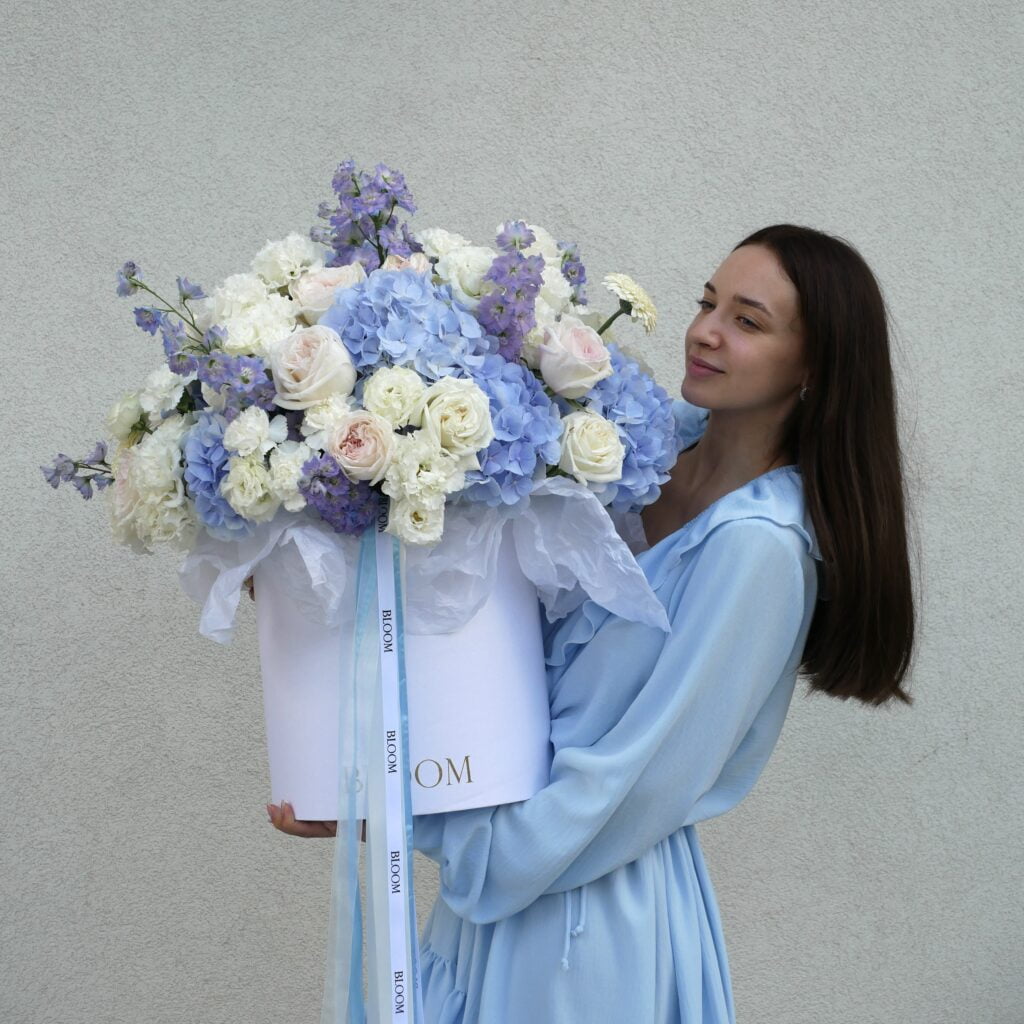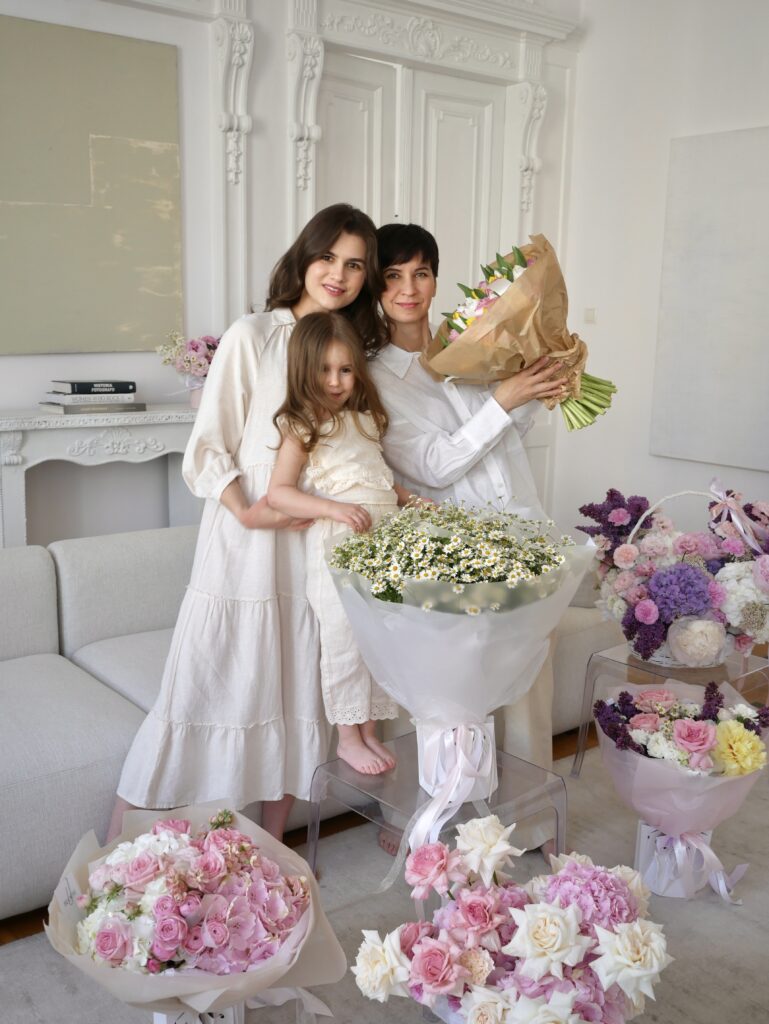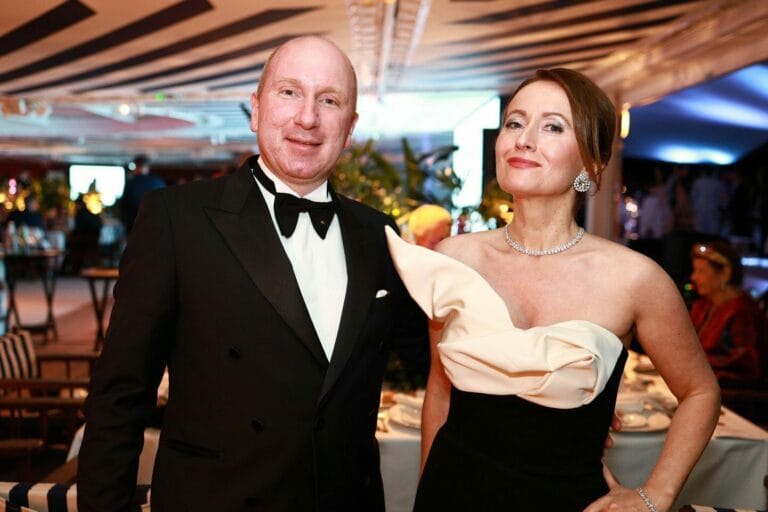The Power of Flowers: Boosting Mental Health and Wellbeing with Flower Arrangements
In this debut article Aleksei Proborshch, Master Florist and creative force behind Bloomflowers, Warsaw's Hub of Floral Artistry and Innovation, is exploring the power of flowers in boosting mental health and wellbeing with flower arrangements.

Imagine holding a stunning bouquet of flowers, each bloom specifically chosen for its meaning and beauty, tailored for every occasion in your life. For instance, winter bouquets are a true delight, echoing the serene beauty of the season with their crisp whites, deep greens, and touches of frosty accents. From the serene whites of a sympathy arrangement to the jubilant rainbow of a birthday bouquet, flowers have a unique way of speaking directly to our hearts.
This art of flower arrangement, steeped in history and spanning thousands of years, plays a vital role in cultures worldwide. Beyond their beauty, flowers also have a remarkable power to uplift our mental health. By delving into the world of floral design, we uncover not just the aesthetic pleasure they bring, but also the deep-rooted psychological benefits they offer.
Let’s explore together the rich history of floral design and understand the therapeutic effects of flower arranging on mental well-being, based on scientific evidence and expert insights.
From Ancient Tombs to Modern Homes
The tradition of flower arranging can be traced back to ancient civilizations. In Egypt, floristry began as early as 2800 BCE, where flowers were used in temple offerings and ceremonial banquets. They were also placed in tombs as a symbol of resurrection and eternal life. The Greeks and Romans furthered this tradition by incorporating flowers into garlands, which were used to adorn living spaces and worn by people to celebrate victories.
The Eastern world, particularly China, Japan, and Korea, developed a highly stylized form of floral art known as Ikebana, which emerged around the 7th century. Ikebana is not just about arranging flowers; it is a disciplined art form where nature and humanity are brought together. Steeped in the philosophy of ancient cultures it emphasises the bond humans are developing with nature.
The Renaissance period in Europe saw a renewed interest in the beauty of nature and brought elaborate floral designs to the forefront. During the Victorian era, flower arrangements became a means of communication, with different flowers and their arrangements conveying specific messages — a practice known as floriography.
Floral Bliss: The Therapeutic Mirror of Flower Arranging
Handling a bouquet isn’t just about the aesthetic, but a calming balm for your mind as well. Can you recall the last time you touched, smelled and admired a blooming beauty? This simple act can alleviate feelings of anxiety and depression and even usher in a meditative state.
Flower arrangements have been recognized for their therapeutic properties. Engaging with flowers can have a calming effect on the mind, reducing feelings of anxiety and depression. It is a sensory experience that combines creativity, touch and smell, which can induce a meditative state and lead to increased feelings of happiness and emotional well-being.

The presence of flowers has been shown to lower stress levels and anxiety. Christine Capra, a program manager at Horticultural Therapy, notes that patients with plants or flowers in their hospital rooms report lower feelings of pain, anxiety, and fatigue.. Additionally, working in environments adorned with plants and flowers can enhance productivity and creativity.
Scientific evidence supports the idea that a connection with nature, including flowers, has therapeutic benefits for mental health. A survey revealed that 84% of people felt that flowers had a calming effect on their mood, while 53% felt relaxed or at ease when arranging flowers.
Flower arranging can also serve as a mindfulness practice. Focusing on the details of flowers, their fragrance, and the act of arranging them can anchor individuals in the present moment, reducing anxiety about the past or future and fostering a sense of inner peace.
The Significance of Flower Arrangements for Women and Their Role in Enhancing Happiness
Flower arrangements mean more than colour and fragrance. They grace celebrations and memorials, silently conveying emotions, and hold a very special place particularly for women.
Certain flowers have become potent symbols of femininity and strength. For instance, the allure and exotic beauty of Orchids, often synonymous with grace, and the enduring love and commitment symbolised by Calla Lilies, resonates with the essence of womanhood. The resilient and elegant Peonies, with their lush petals and enchanting fragrance, spell the strength of a woman.
The presence of flowers at home can transform your private space, bringing with it a sense of well-being and joy. Studies have shown that flowers can bolster relationships and even improve one’s sex appeal. They are not only a feast for the eyes but also contribute to mental and physical health.
An office adorned with flowers isn’t just visually appealing, but a potential catalyst for focus, creativity and productivity. The art of flower arranging itself, infuses mental health benefits as a de-stressing creative outlet that can alleviate stress and enhance mood.
Valentine’s Day Flowers- a Love Poem
As Valentine’s Day nears, the significance of flowers intensifies as potent messengers of love and admiration. Creating a Valentine’s Day bouquet is like penning a love poem, with blooms as your verses. Roses, the ubiquitous symbols of love, are a Valentine’s favourite. However, a customised and soulful bouquet could include other flowers like Tulips, signifying perfect love, or Lilies, marking devotion. Including greenery and filler flowers not only complements the entire arrangement aesthetically, but amplifies the individual beauty of each flower.
Crafting an impeccable arrangement combines elements of art and science in blending greenery, filler flowers, support flowers and focal flowers. Your greenery lays the base, supporting a volume and texture built by filler flowers, depth and dimensions given by support flowers, encircling the star bloom to draw the eye and relay the intended message.
The Silent Power of Petals
Flowers, these silent heralds of beauty and tranquillity, have journeyed through centuries and cultures, now emerging as potent actors for mental and emotional wellbeing. As we grapple with the rigours of daily life, why not consider a sincere tryst with flower arranging as a form of therapeutic self-care? It’s so much more than just an aesthetic endeavour; it’s about creating a sense of calm, enhancing your mood, and advocating for personal well-being.
Floral arrangements play a silent yet powerful role in expressing emotions, fostering happiness, and especially in uplifting women. The art of arranging flowers is not just a celebration of nature’s beauty; it’s a previously overlooked form of therapy, an ancient practice, repurposed for modern needs. By selecting flowers that resonate with the recipient, and arranging them with patient creativity, you birth more than a beautiful bouquet, you craft a symbol of love, care, and thoughtfulness.
Closing Thoughts for an Open Mind
The history of flower arrangements is as rich and diverse as the cultures that have contributed to its evolution. From the ancient Egyptians to the modern-day practice of Ikebana, flowers have always held a significant place in human culture. Today, we are beginning to understand the full extent of their impact, particularly concerning mental health. The act of arranging flowers is not only a creative and aesthetic pursuit but also a form of therapy that can alleviate stress, enhance mood, and promote psychological well-being.
As we continue to face challenges in our daily lives, it is worth considering flower arranging a silent partner into our routines as a means of self-care. The beauty and serenity that flowers bring to our environment are priceless—they have the power to transform our mental state and improve our quality of life.
Flower arrangements play a pivotal role in expressing emotions and enhancing happiness, especially for women. As Valentine’s Day approaches, the selection of flowers becomes an expression of love and thoughtfulness. By choosing blooms that resonate with the personality of the recipient and arranging them with care and creativity, you can create a bouquet that not only looks beautiful but also carries a meaningful significance. Flowers, in their silent beauty, have the power to speak when you are lost for words.





